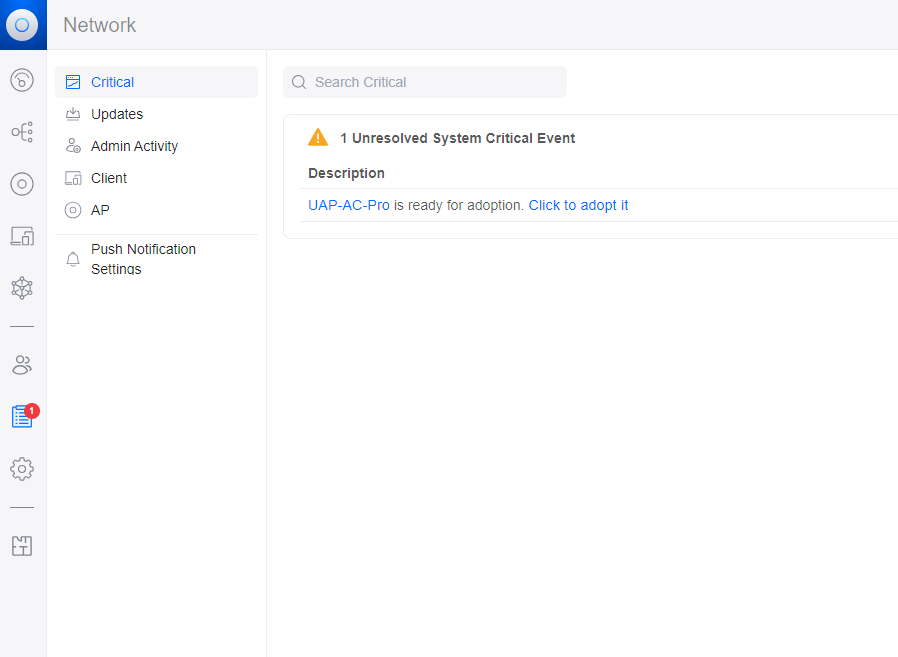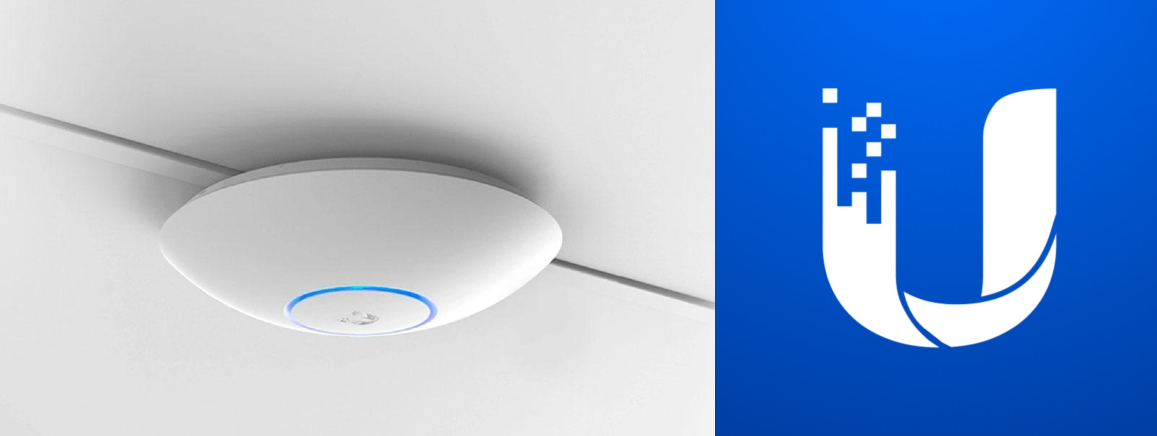The Ubiquiti Networks (UBNT) Network Server refers to the software component of Ubiquiti’s UniFi platform, designed to manage multiple Ubiquiti network devices across various sites centrally. This server software, often called the UniFi Controller, provides a user-friendly interface for configuring and monitoring Ubiquiti’s networking devices like routers, switches, and Wi-Fi access points. It supports network mapping, performance analytics, real-time status updates, and advanced configurations for wireless settings, guest access, and VLANs. The UniFi Controller can be hosted on a local physical server, a cloud server, or a certain Ubiquiti hardware, facilitating scalable network management for small and large network deployments. To quickly roll out your production-ready Cloud Network Server, use our images hosted on AWS MarketPlace and Azure MarketPlace. Links below.

Here’s why self-hosting your Unifi Network Server in the cloud might be the right choice.
1. Scalability and Flexibility
One of the primary benefits of hosting on AWS or Azure is scalability. These platforms allow you to easily scale your server resources up or down based on your network’s demand. This is particularly useful for businesses that experience fluctuating network usage. Unlike traditional on-premises setups, where scaling requires physical hardware changes, cloud platforms enable rapid adjustment to your computing resources, often automated based on predefined rules about system performance and network load.
2. Enhanced Reliability and Uptime
AWS and Azure boast highly reliable environments with extensive networks of data centres around the globe. This geographical distribution helps in providing better service availability and redundancy.
3. Global Accessibility
Hosting your Unifi Network Server in the cloud means it can be accessed from anywhere worldwide, provided there is internet connectivity. This is particularly advantageous for businesses with multiple locations or remote teams. Network management doesn’t need to be tied to a specific location; administrators can monitor and manage the network remotely.
Adopting UAP Access Points to a Cloud-Hosted Server
Once your cloud network server is configured, ensure that you open your firewall ports: 8443 for controller dashboard access and 8080 for connectivity between the access points and the server. With these settings in place, you can begin adopting the access points.
Method 1: Easy (DNS)
The simplest method to discover and adopt your access points involves using DNS. When Unifi devices power up, they broadcast a message to locate servers named “ubnt” on the network. To capture this, you can add a static DNS entry for “ubnt” that points to your network server’s IP address if you manage your own DNS resolver. This approach is particularly convenient because devices will continue communicating with the network server even after resetting them. Once the devices have booted up, they will appear on the network server web-ui portal, waiting for the adoption process to be completed.
Method 2: Intermediate (SSH)
In this approach, you will manually direct the Unifi wireless device to the Network Server by SSH’ing into it. First, power on the device and connect it to a network with DHCP enabled to obtain an IP address. Once the IP address is identified, access the device via SSH. On a new device, the default username and password for ssh is ubnt/ubnt
$ ssh ubnt@192.168.44.172
ubnt@192.168.44.172's password:
BusyBox v1.25.1 () built-in shell (ash)
___ ___ .__________.__
| | |____ |__\_ ____/__|
| | / \| || __) | | (c) 2010-2019
| | | | \ || \ | | Ubiquiti Networks, Inc.
|______|___| /__||__/ |__|
|_/ https://www.ui.com/
Welcome to UniFi UAP-AC-Pro-Gen2!
UBNT-BZ.v4.0.66#You can now go ahead and point the Access point to the network server using the “set-inform” command.
UBNT-BZ.v4.0.66# set-inform http://35.144.245.82:8080/inform
Adoption request sent to 'http://35.144.245.82:8080/inform'. Use the controller to complete the adopt process.
UBNT-BZ.v4.0.66# Connection to 192.168.44.172 closed by remote host.On the Wireless Network Server web-UI, access the “Settings” page; the new access points will appear there.

Your device will now appear among the network devices controlled by this controller.

Conclusion
Self-hosting your Unifi Network Server on AWS or Azure can offer numerous benefits, from cost savings and improved reliability to enhanced security and global accessibility. Cloud hosting provides a flexible, scalable, and efficient solution for businesses looking to optimize their network management and ensure seamless operations. Whether you’re a small startup or a large enterprise, the cloud infrastructure can adapt to your specific requirements, ensuring your network is robust and responsive to your business’s changing needs.
Do you still need help?
Look, our Tech Support Staff live and breathe Cloud Engineering. Let them handle the details, so you can focus on the big picture.
Contact Support

